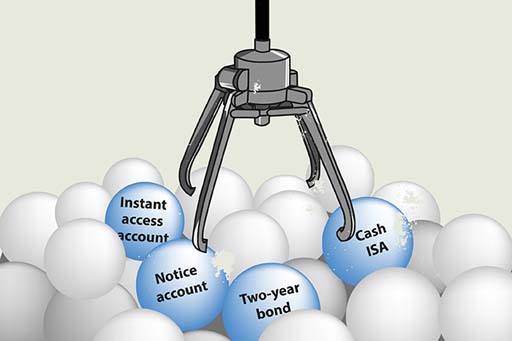5.2.4 Why savings rates differ
In the table you’ve just looked at, the five-year Fixed Rate Bond and the Notice Account both have higher net rates than the Instant Access account. The amount saved also influences the rates offered for both Instant Access and Notice accounts: the higher the savings deposited, the higher the rate.
The Internet Savings account can offer higher rates due to the lower costs of managing the account. Despite this, some people will still choose the most basic Instant Access account, mainly because it provides plenty of flexibility, with instant access using a cash card, so that money can be accessed night or day. The downside is the lower interest rate on offers.
The ISA (Individual Savings Account) is not subject to tax so all savers get the full (or gross) amount of interest. To encourage saving, the annual limit for investments in ISAs is £20,000 per person in 2018/19.
In the March 2016 budget statement it was announced that a new ‘Lifetime ISA’ would be available from April 2017 for those aged under 40 years. These new ISAs will allow tax-free savings of up to £4,000 per annum with the government topping up balances by £1 for every £4 saved. Lifetime ISAs, which can be built up until the age of 50 years, are intended to help people save for property purchase or to help provide income in retirement. To support this development the overall ISA limit (for both ordinary and lifetime ISAs combined) was raised to £20,000 from the 2017/18 tax year.
A new savings scheme for those on low incomes was also unveiled in March 2016 with those on in-work benefits who save £50 per month for up to 4 years getting a 50% (up to a maximum of £1200) top up from the government.

